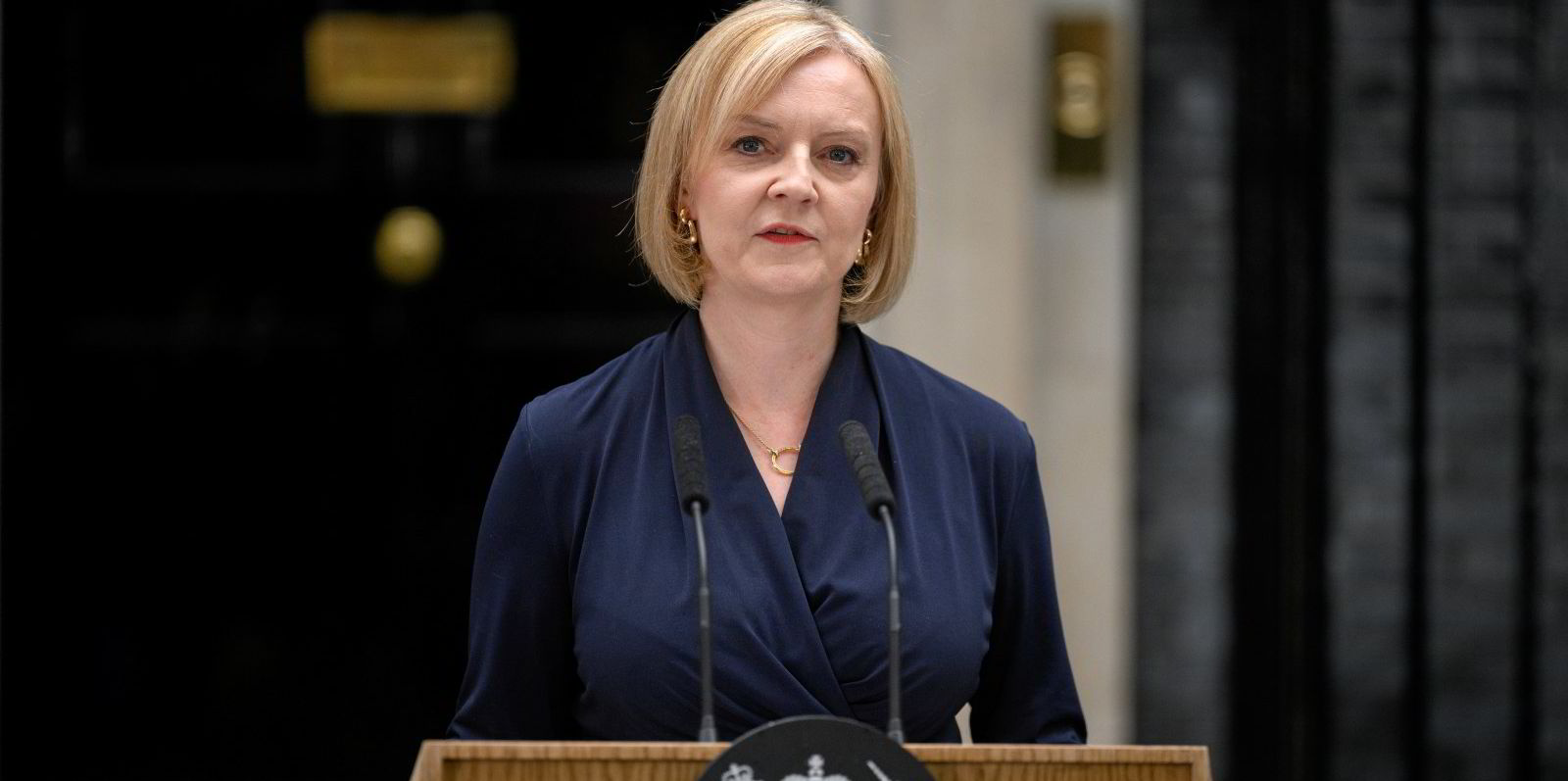A swathe of UK renewable generators face a revenue cap from next year after the government announced what it is calling a ‘cost-plus limit’ that has already been labelled a windfall tax in all but name.
Renewable power sold above a yet-to-be-determined level will from the start of 2023 be subject to the measure, which Britain’s Department of Business, Energy and Industrial Strategy (BEIS) said would be temporary and aims “to help sever the link between high global gas prices and the cost of low-carbon electricity”, with the proceeds raising billions of pounds to pay for consumer price support schemes.
Officials will now consult over the details with the renewables industry, which immediately warned of the risks of a badly designed mechanism that could undermine investment certainty.
There were also calls to keep the level in line with similar measures announced by the EU – which is imposing a cap of its own of €180/MWh ($175/MWh) – and not to leave the green power sector facing a worse raid on windfall profits than already imposed on the North Sea oil & gas industry.
Tom Glover, UK country chair for German utility giant RWE, describing the measure as a “de-facto windfall tax” said: “RWE understands that this is a very difficult time for energy consumers and businesses, and we have fully supported government efforts to help with energy bills. However, we are disappointed that the Government has chosen to implement a revenue cap on low-carbon technologies.”
Glover added: “It is critical that any cap is applied in such a way that does not severely impact on investor confidence and maintains the UK electricity sector as an attractive place to invest, given the estimated £90bn required by 2030 to make the UK more energy independent and to achieve net zero.”
UK utility SSE added: “Any revenue cap must be set at a level that doesn’t discourage essential investment in the UK’s renewable energy sector and therefore should be comparable to other countries, particularly given the €180 cap being implemented by the EU.”
Voluntary CfD scheme?
A large portion of UK generation planned since 2015 is covered by contract-for-difference (CfD) deals that automatically prevent windfall profits, as well as shielding generators from price falls in the other direction.
The new revenue cap is aimed at plants operating under older green support mechanisms such as the renewables obligation scheme where there is unlimited scope to take profits from gas-driven rises in power prices without needing to pay for the fuel itself. It will also apply to nuclear generation.
The industry has since a windfall tax was first mooted been looking at options to shift existing generation onto CfDs, and BEIS said: “We are also legislating for powers that would allow us to consider running a voluntary CfD process for existing generators to take place in 2023. A voluntary contract would grant generators longer-term revenue certainty and safeguard consumers from further price rises.”
Industry body RenewableUK welcomed the inclusion of the CfD proposal in legislation to enact the cap, but CEO Dan McGrail added: “It is vital that the scheme is developed rapidly so that industry can plan for new contracts and consumers can be confident that they are getting maximum benefit from cheap renewables.”
McGrail said of the overall plan: “We are concerned that a price cap will send the wrong signal to investors in renewable energy in the UK. A price cap acting as a 100% windfall tax on renewables’ revenue above a certain level, while excess oil and gas profits are taxed at 25%, risks skewing investment towards the fossil fuels that have caused this energy crisis.”
The cost-plus limit will be introduced to England, Wales and Northern Ireland. BEIS said consultation will begin with the devolved government in Scotland – home to a large portion of UK onshore wind – over whether it will apply there.





